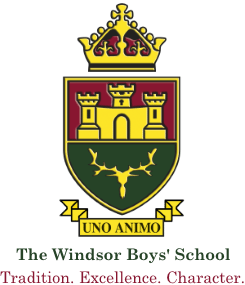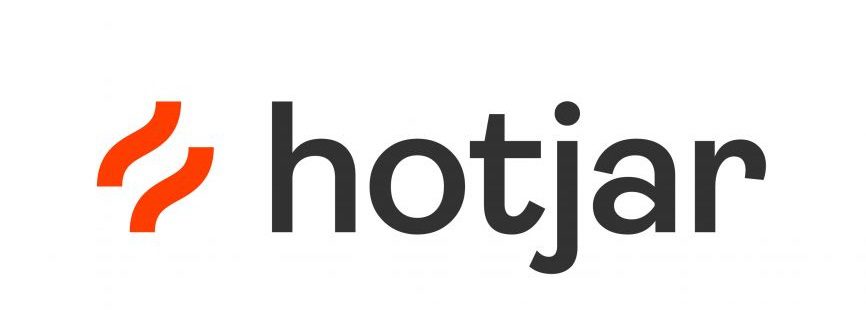Revolutionising STEAM subjects with 3D print
3D printers are revolutionising how schools teach design and technology, science and arts subjects but, just as importantly, XMA finds they are offering primary school children an alternative way to learn.
Did you know that the McLaren Formula 1 team print out spare parts trackside to make instant repairs to their cars; that Coco-Cola makes huge savings on bottle design by printing out new prototypes for pennies rather than paying out large sums for traditional redesigns; or that Gummy Beans are being printed off ready to eat?
Industry is looking increasingly to schools, colleges and universities to produce 3D print-savvy employees familiar with technology that is now using anything from plastics through to carbon fibre and metals to save precious design and production time and cash.
A leap forward for design and technology
So how are schools preparing young people to handle one of the most exciting developments in design and technology at a time when curriculum reforms are prioritising ‘academic’ subjects above all other disciplines?
Back in 2012, one of the first schools to adopt 3D printing was Windsor Boys’ School. The Department for Education was searching for innovative ways of teaching STEM (science, technology, engineering and maths) and design that made full use of 3D printers and asked schools to bid for a year’s free use of one of 21 Makerbot printers in a pilot scheme. Windsor was one of the ‘winners’, explains its long-standing design and technology (D&T) teacher, Phil Hall.
‘If anything goes wrong, you can fix it yourself!’
“We pretty much taught ourselves after half a day’s free training on specialist software,” says Phil, winner of the 2017 D&T Association’s Outstanding Teacher of D&T Award. “The more we used it, the better we became. After a year we’d seen the machine’s potential, we were allowed to keep it and we got our parent teacher association to invest in three more (second-hand) Makerbots.
“Four years later they are still going strong. We installed and networked the printers ourselves – they are simple to set up and really robust. They can be put together with alum keys and nuts and bolts – and if anything goes wrong, you can fix it yourself!”
The school now has six printers – besides the original four, one is donated and the other is being trialled for a manufacturer.
At first, staff and pupils were amazed by the technology. “We just wanted to show off and print final showpiece models for D&T GCSE and A-level exams,” says Phil. “But we quickly realised our students were not learning much doing that. We now make best use of them earlier in the design process at the development and prototype stage.
Printers ideal for producing prototypes
“Students earn many exam marks for showing learning through making. You can print a prototype, evaluate, test and modify it, then reprint it again within a day, overnight or, in some cases, just an hour. The students might want some very complex parts that you’d struggle to manufacture any other way – now you can print them quickly and have them in your hand to test them, take them to a client, and evaluate and learn from them.”
Students can have their designs printed off at any time they see fit during the design cycle. All the machines are open access and just need a quick check every 20 minutes or so to ensure the plastic filament is still flowing through to feed the machine.
Pupils spend year 9 just getting a feel for D&T, learning how to use the software, and then start using the printers for their designs if they opt to take D&T at GCSE and/or A-level.
Students regularly push the 3D boundaries
Every year brings surprises. Students regularly push the boundaries, asking to do new things, and Phil will work out how to do it. “We have been doing it long enough to gauge the tolerance of different parts that we need to twist, lock or push together, and we’re getting better at this all the time.”
So what projects are being worked on now? “The large ones are the most ambitious; sometimes parts take up to 10 hours to print,” says Phil.
One student designed carriers for surfboards that hung on the side of a bike frame. It was quite ambitious and comprised many component parts. All the brackets were 3D-printed and then connected by metal tubes – a mix of resistant materials and printed plastic parts.
Smaller projects include an exam brief for portable working speakers, fitted out with all the electronics that were mounted on 3D-printed parts; angle-poise lamps with 3D-printed joints and, most recently, drones designed with specialist CAD software and then flown in front of MPs at Westminster. Phil and two students had been invited to Parliament to talk about the benefits of 3D printing and mark the launch of a national STEM project for schools supported by Autodesk, supplier of the software.
New learning route for primary children
But D&T is not the only subject to benefit from 3D printers. XMA’s sales account manager and 3D printer specialist Virendra Kayakar says the technology is also becoming popular in primary schools as it offers children another way to learn.
“It’s not just about learning visually or audibly but kinaesthetically through touch and feel,” he says. “It’s very difficult to understand a concept in your head without being given evidence, but now 3D printing means you can hold something in your hands.
“The primary curriculum has changed recently, introducing basic computer-aided design, and 3D printing is an ideal and very simple way of getting kids involved and bringing the subject to life.”
Print off and label a human heart
The technology is also becoming popular with biology teachers as they can print out different parts of the body and then hand them out to students.
“One teacher I know designed and printed out all 14 parts of the heart and they all connected together. You could take the heart apart and see how it works – it was also labelled and you could see all the veins and arteries.
“You can’t expect everyone to learn the same way, everyone’s different,” says Virendra. “It also helps those students who do understand it to get another perspective.
“If you incorporate this sort of knowledge at an early age rather than at 18 or 19, it works much better as students hunger for knowledge and they’ll pick it up a lot quicker. It’s not just about D&T. Everyone can use it.”
For more information on 3D printers, please contact our 3D specialist at XMA on 01422 444 666 or email halifax@xma.co.uk






 Monitoring by Hotjar
Monitoring by Hotjar